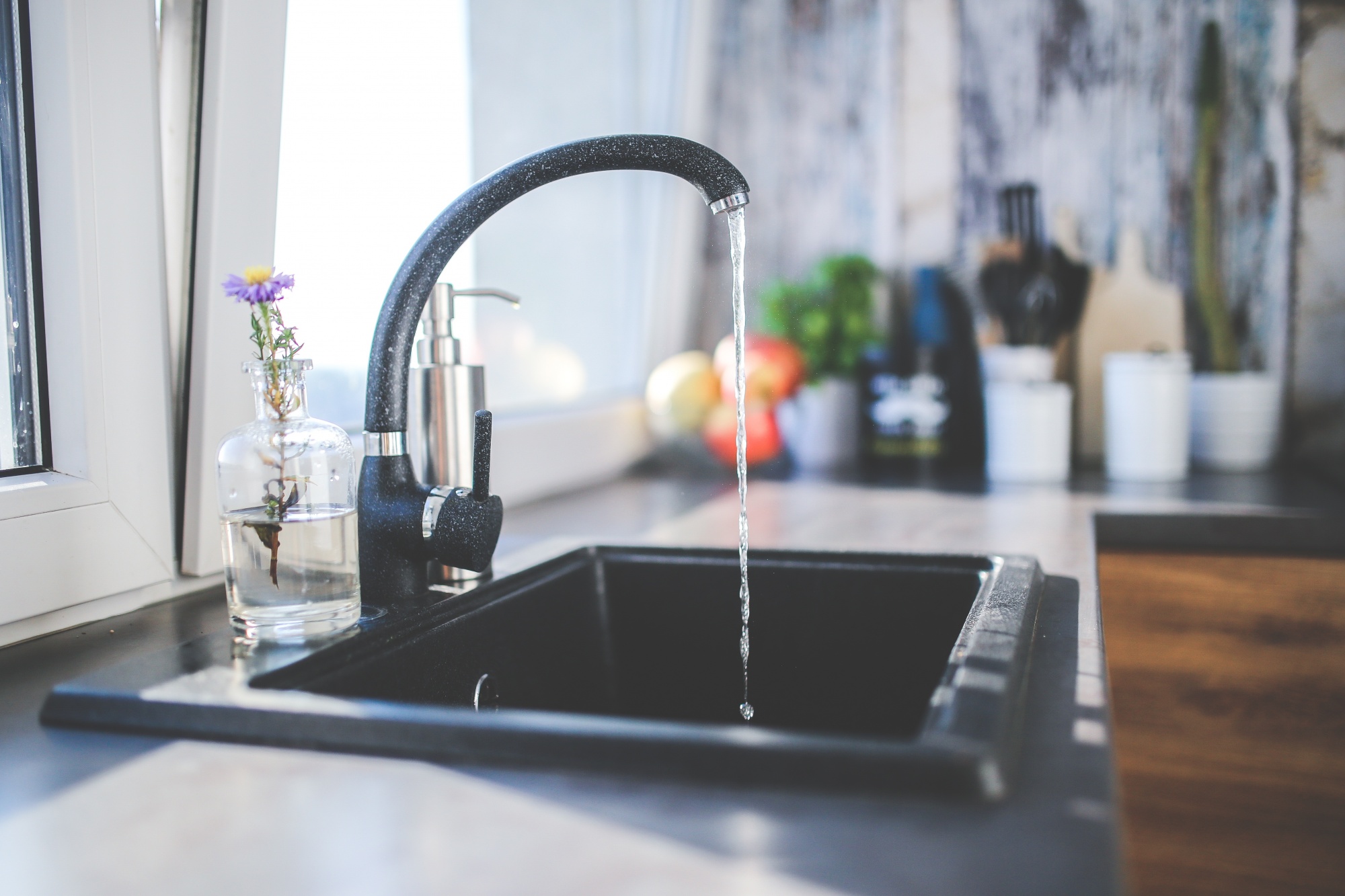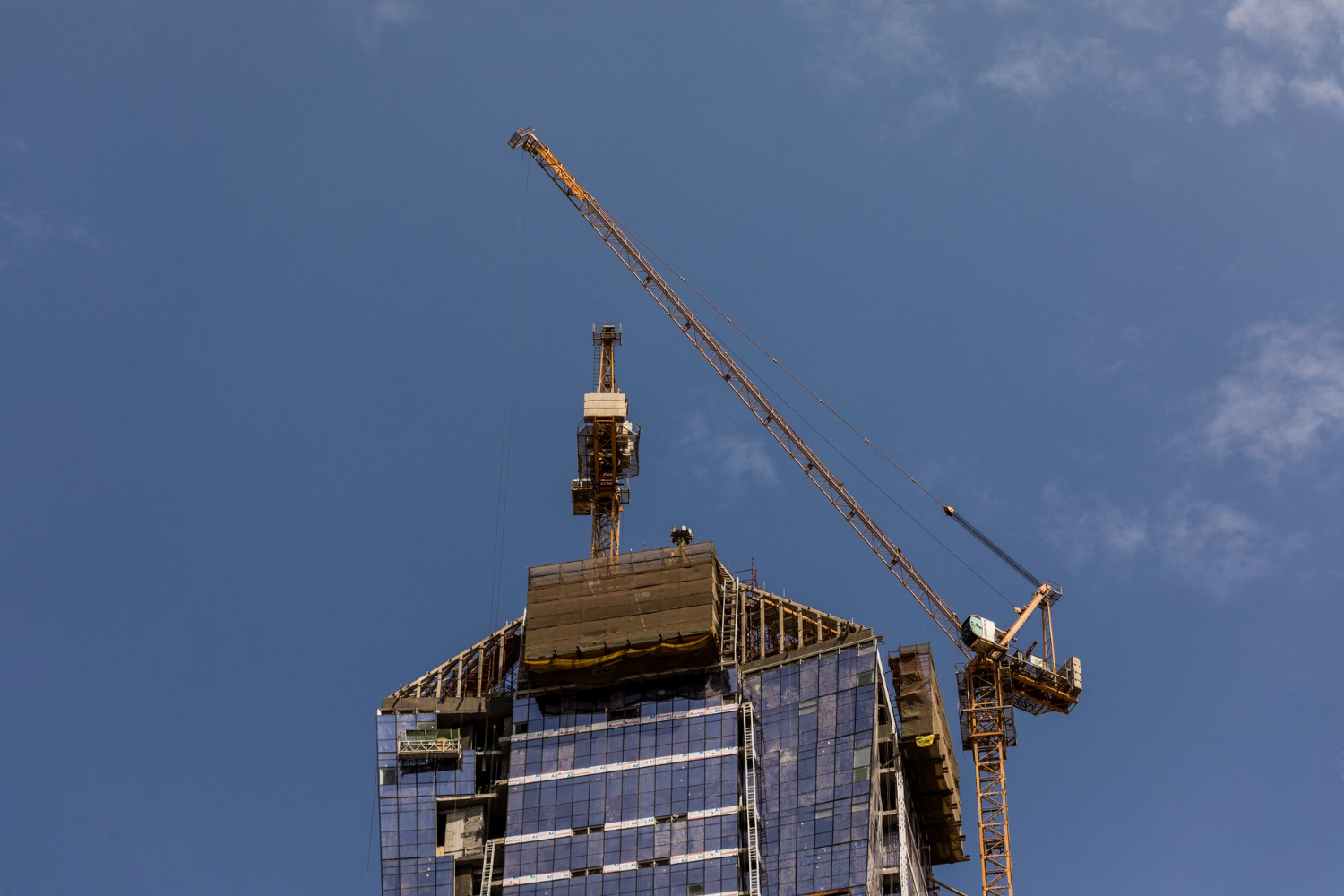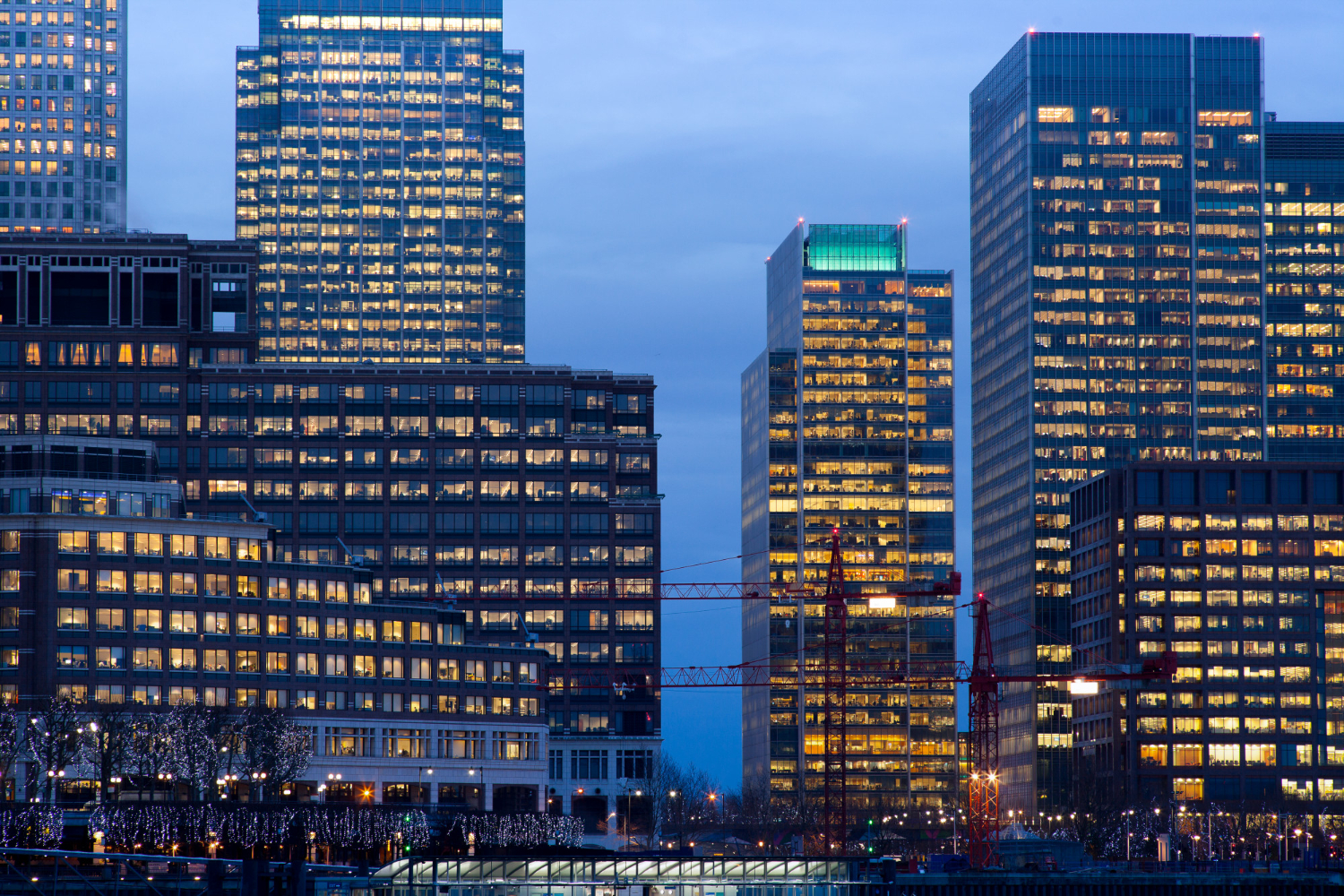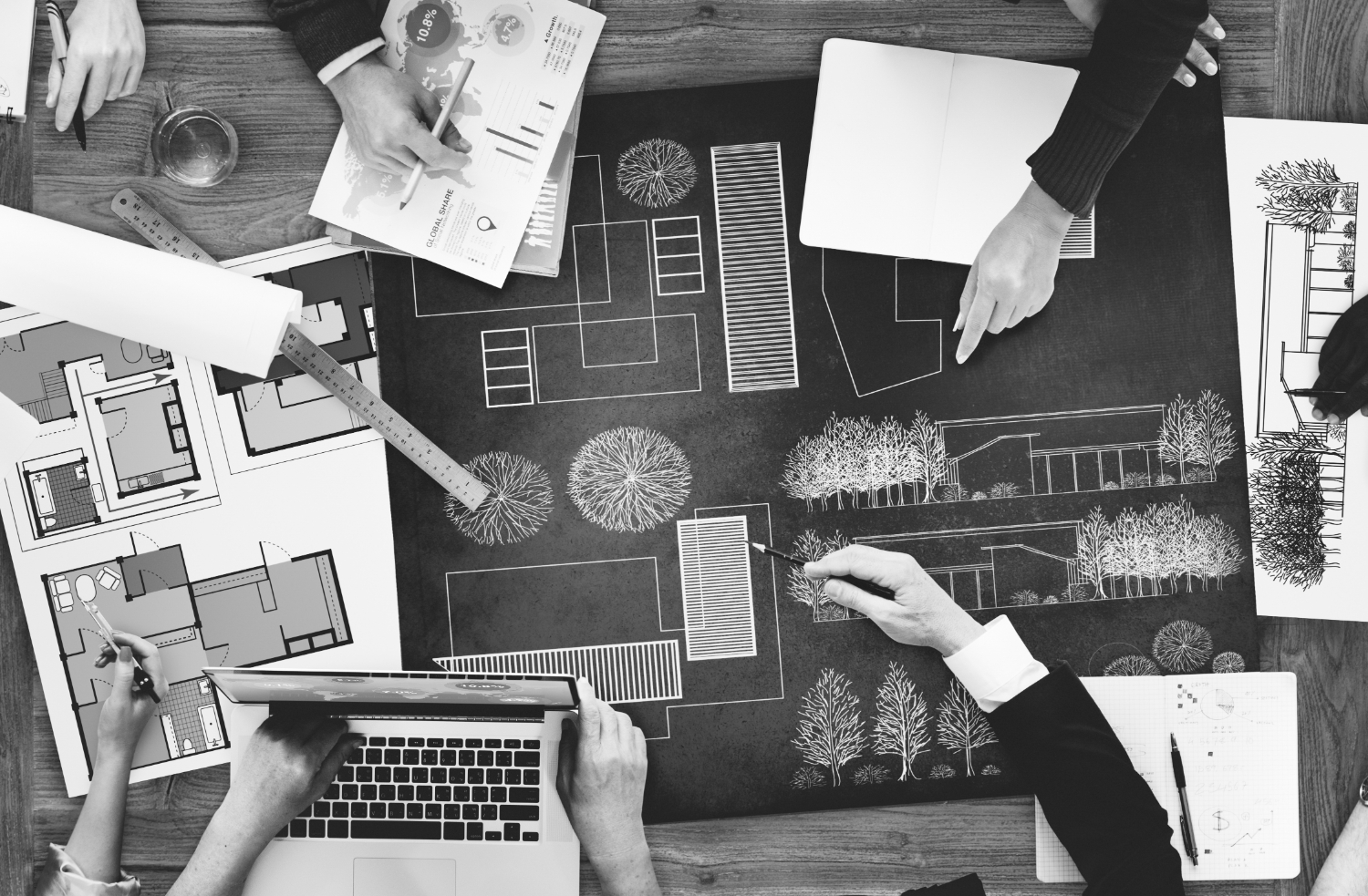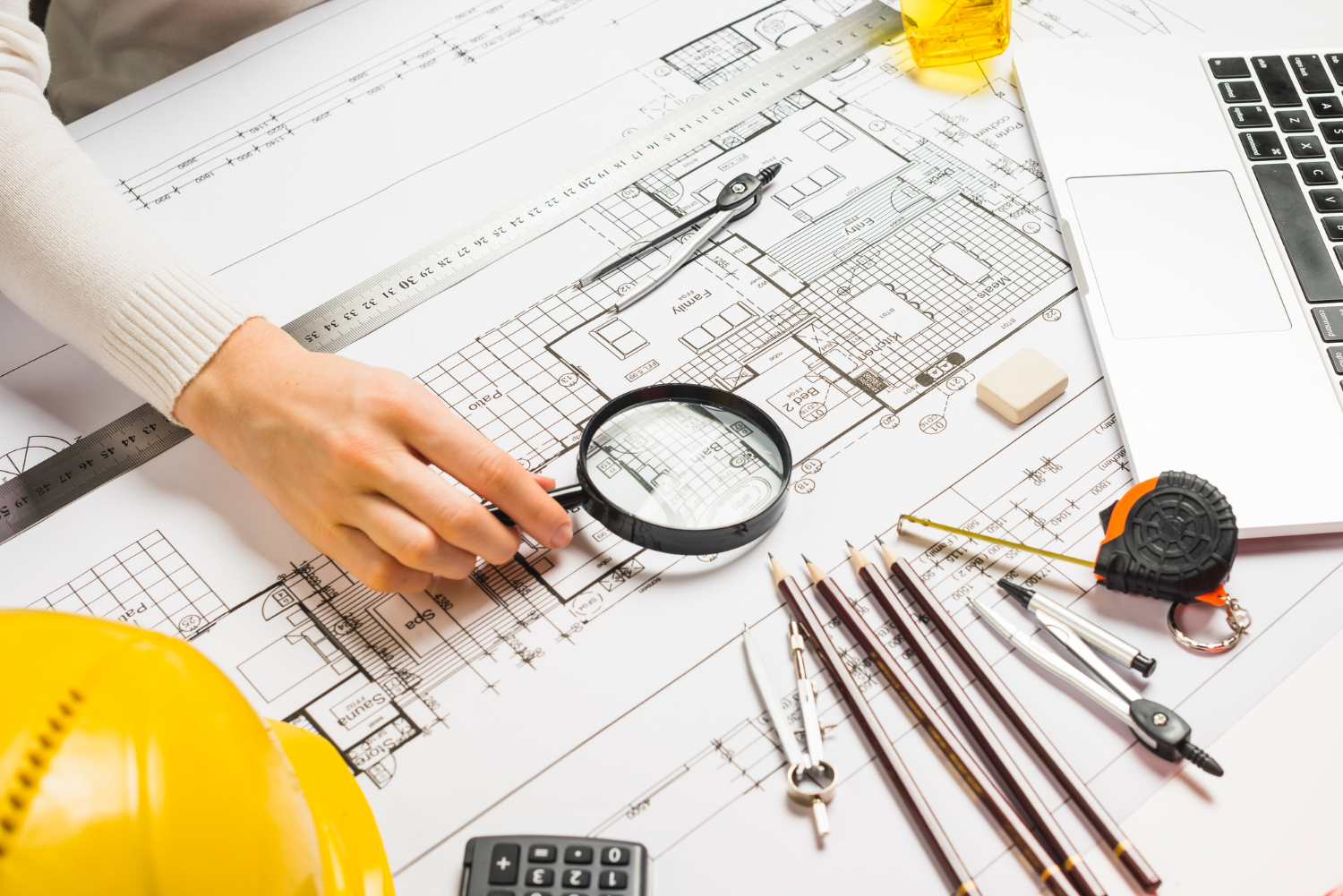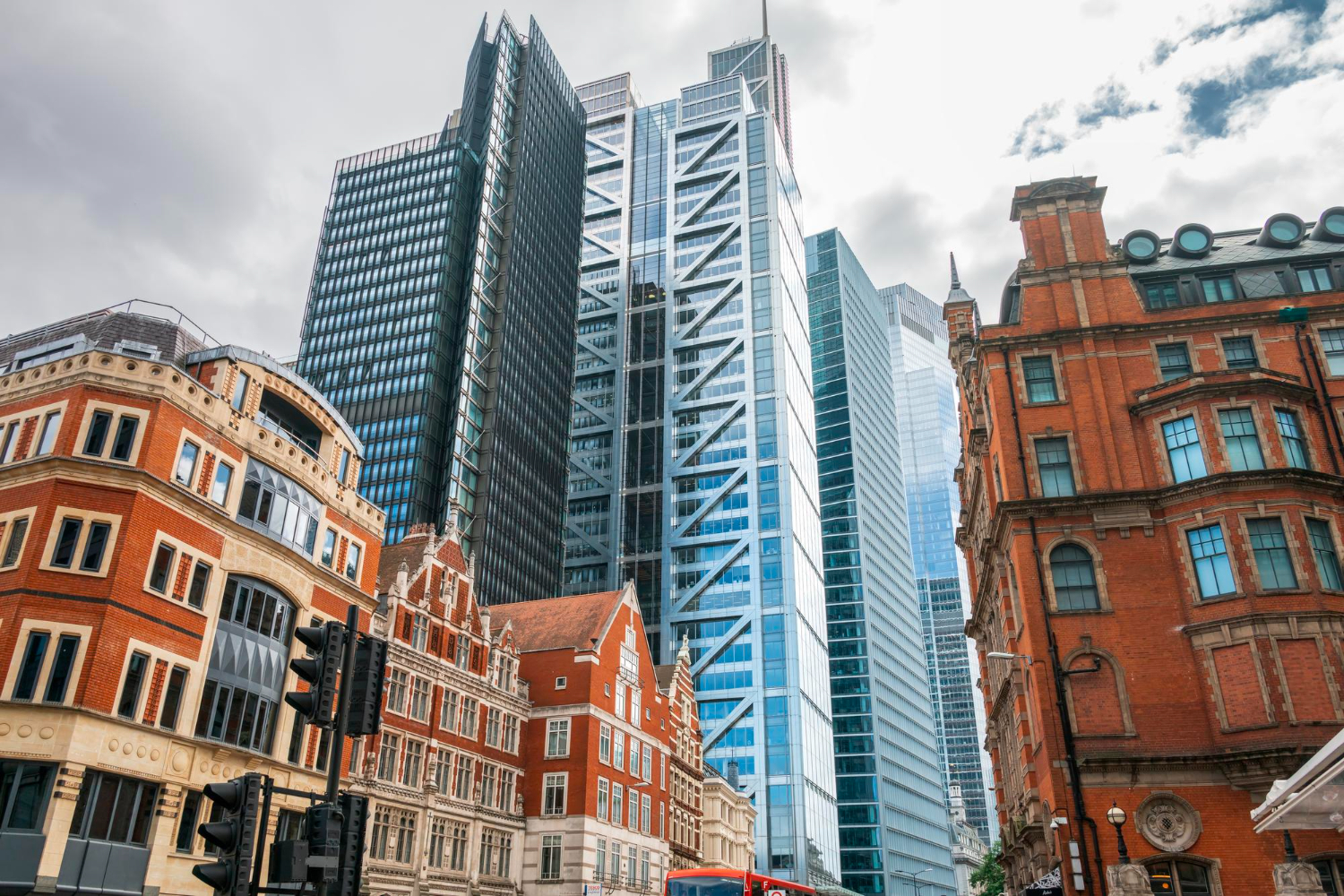
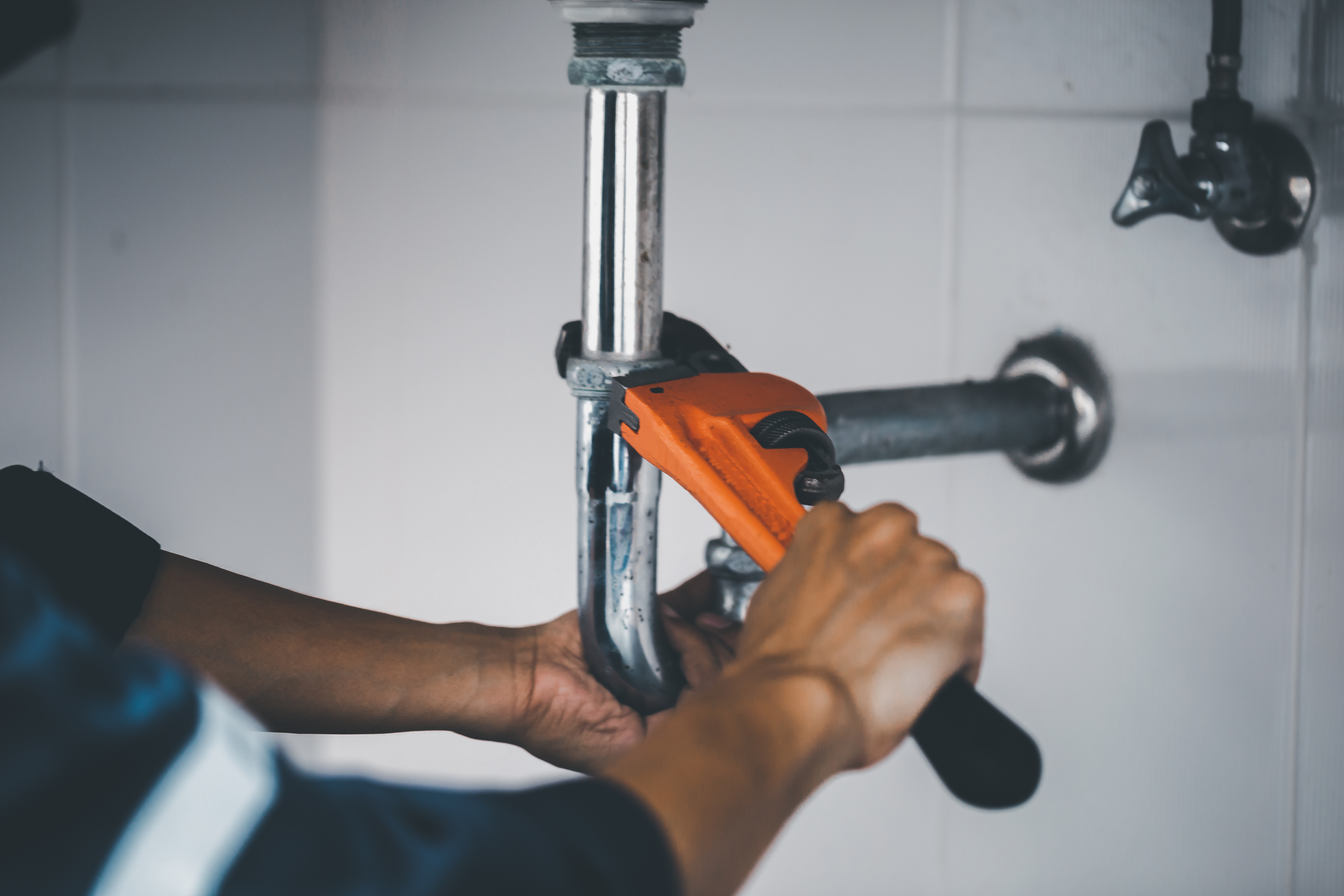
Drainage issues in apartment blocks can cause a host of problems ranging from minor inconveniences to severe structural damage. Not only do these issues affect the quality of life for residents, but they also pose potential legal complications for property managers and owners. Understanding how to effectively tackle these problems is critical for the well-being of both the building and its inhabitants.
Identifying the Problem
Resident Consultation
Before you can solve a problem, you need to understand what it is. In the case of apartment blocks, the first line of information often comes from the residents. A simple survey or informal conversation can highlight recurring problems like slow-draining sinks, pooling water, or unpleasant odours.
Professional Inspection
For a more accurate diagnosis, you may need to go beyond resident reports and hire a qualified plumber or drainage expert. They can use specialized equipment like CCTV drain cameras to get a detailed look at the state of the drainage system. Professional assessments can spot issues such as pipe damage, blockages, and system inefficiency, providing a roadmap for remedial action.
Immediate Action for Common Problems
Blocked Drains
Blocked drains can cause water to back up, leading to flooding and unpleasant smells. If the problem is minor, you might find success with chemical cleaners or plungers. However, persistent or severe blockages will require more robust methods such as employing a drain snake or high-pressure water jetting.
Water Pooling
Areas where water tends to pool can become breeding grounds for mosquitoes and other pests. If the issue is minor, such as a small pool on a balcony, absorbent materials or a mop may suffice. For larger problems like pooled water in a basement, a submersible pump can be used to remove the water.
Sewer Issues
Blocked or damaged sewer lines pose a more serious threat and should be addressed immediately by professionals. They will typically conduct a sewer camera inspection to identify the problem before proceeding with cleaning or repairs.
Long-term Solutions
Regular Maintenance
Prevention is better than cure, and this maxim is certainly true for drainage issues. Schedule regular cleaning of the system to remove build-up of grease, hair, and other debris. Some buildings opt for a quarterly cleaning regime, but the frequency can be adjusted depending on the age and condition of the pipes.
System Upgrade
Older buildings often suffer from outdated and inefficient drainage systems. If you’re facing recurrent drainage issues, it may be time to consider a system upgrade. Newer pipes made from PVC or other modern materials are more efficient and less prone to blockage and degradation. The team at Balance Mechanical could help with all of your drainage needs.
Waterproofing
Waterproofing measures such as applying sealants can prevent water from entering areas where it’s not supposed to, like basements or lower-level parking garages. This is a particularly good long-term investment for buildings located in areas prone to heavy rainfall or flooding.
Preventative Measures
Resident Education
Educating residents about proper disposal methods can go a long way in preventing blockages. For instance, fats and oils should not be poured down sinks, and only materials that disintegrate easily should be flushed down toilets.
Installing Drain Guards
Simple accessories like drain guards can catch debris before it enters the drainage system, making them a cost-effective prevention method.
Landscape Grading
If water pooling is an issue, consider landscape grading to direct water away from the building. Proper grading ensures that water flows to designated drainage areas rather than accumulating where it shouldn’t.
Legal Considerations
In many jurisdictions, the building owner or property manager is legally obligated to maintain a functioning drainage system. Failure to address drainage issues can result in penalties or legal action from residents. As such, it’s crucial to maintain proper records of all inspections, cleanings, and repairs.
In Summary
Addressing drainage issues in an apartment block involves a multi-step approach that begins with identifying the problem and taking immediate action to mitigate damage. Long-term solutions often require a commitment to regular maintenance, system upgrades, and perhaps even structural changes to the building or surrounding landscape. By taking a proactive approach to drainage problems, you can enhance the living conditions for residents, extend the lifespan of the building, and ensure that you’re in compliance with legal requirements.
So, the next time you’re faced with a drainage issue, don’t wait for it to escalate. Take prompt action and consult with professionals to ensure that your apartment block remains a healthy and pleasant place to live.
